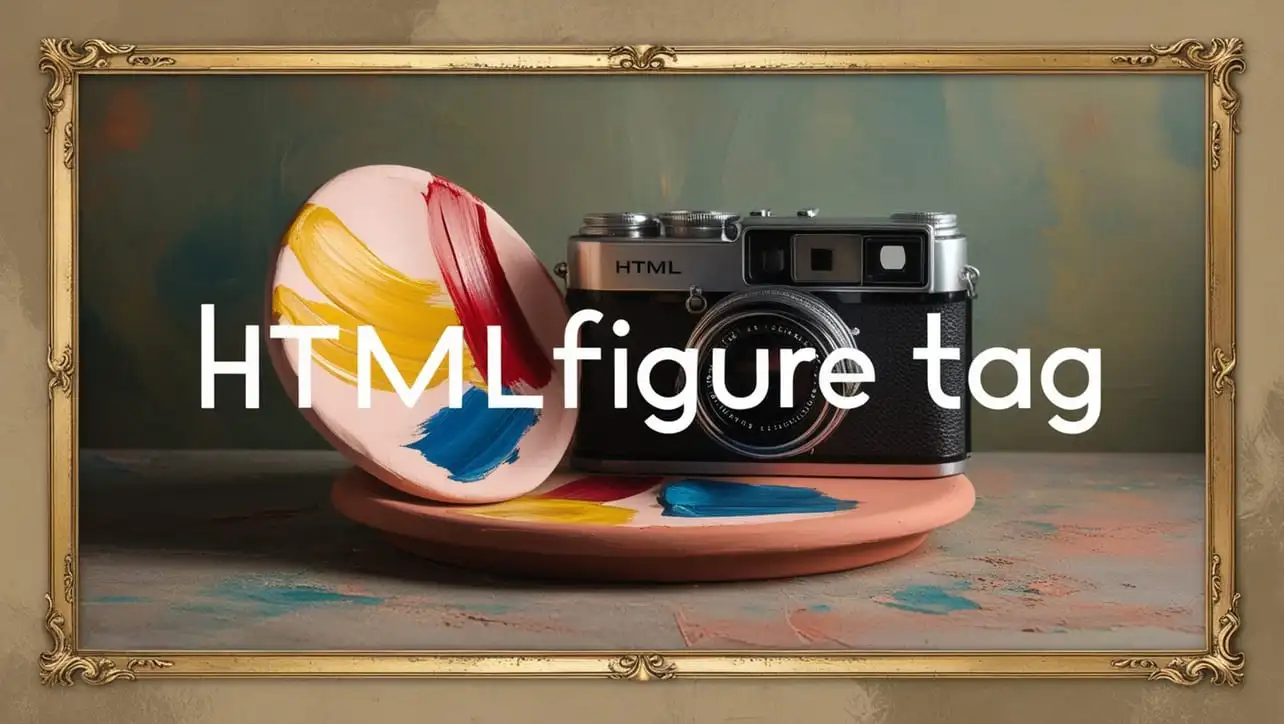
HTML Topics
- HTML Intro
- HTML Basic
- HTML Editors
- HTML CSS
- HTML Tags
- <!--...-->
- <!DOCTYPE>
- <a>
- <abbr>
- <address>
- <area>
- <article>
- <aside>
- <audio>
- <b>
- <base>
- <bdi>
- <bdo>
- <bgsound>
- <blink>
- <blockquote>
- <body>
- <br>
- <button>
- <canvas>
- <caption>
- <cite>
- <code>
- <col>
- <colgroup>
- <data>
- <datalist>
- <dd>
- <del>
- <details>
- <dfn>
- <dialog>
- <div>
- <dl>
- <dt>
- <em>
- <embed>
- <fieldset>
- <figcaption>
- <figure>
- <footer>
- <form>
- <h1> to <h6>
- <head>
- <header>
- <hgroup>
- <hr>
- <html>
- <i>
- <iframe>
- <img>
- <input>
- <ins>
- <kbd>
- <label>
- <legend>
- <li>
- <link>
- <main>
- <map>
- <mark>
- <menu>
- <meta>
- <meter>
- <nav>
- <noscript>
- <object>
- <ol>
- <optgroup>
- <option>
- <output>
- <p>
- <param>
- <picture>
- <pre>
- <progress>
- <q>
- <rp>
- <rt>
- <ruby>
- <s>
- <samp>
- <script>
- <search>
- <section>
- <select>
- <small>
- <source>
- <span>
- <strong>
- <style>
- <sub>
- <summary>
- <sup>
- <svg>
- <table>
- <tbody>
- <td>
- <template>
- <textarea>
- <tfoot>
- <th>
- <thead>
- <time>
- <title>
- <tr>
- <track>
- <u>
- <ul>
- <var>
- <video>
- <wbr>
- HTML Deprecated Tags
- HTML Events
- HTML Event Attributes
- HTML Global Attributes
- HTML Attributes
- HTML Comments
- HTML Entity
- HTML Head
- HTML Form
- HTML IndexedDB
- HTML Drag & Drop
- HTML Geolocation
- HTML Canvas
- HTML Status Code
- HTML Language Code
- HTML Country Code
- HTML Charset
- MIME Types
HTML figure Tag

Photo Credit to CodeToFun
🙋 Introduction
The HTML <figure> tag is a versatile element designed for encapsulating media content, such as images and videos, along with their associated captions.
This guide will delve into the details of the <figure> tag, helping you understand how to effectively use it in your web development projects.
🤔 What is <figure> Tag?
The <figure> tag is a semantic HTML5 element that provides a container for content, typically an image, illustration, diagram, or video, accompanied by a <figcaption> tag for the caption. It helps create a meaningful relationship between the media and its description.
💡 Syntax
To use the <figure> tag, wrap your media content inside the opening <figure> and closing </figure> tags. Additionally, include a <figcaption> element for the associated caption.
<figure>
<img src="your-image.jpg" alt="Description of the image">
<figcaption>Your Caption Here</figcaption>
</figure>🧰 Attributes
The <figure> tag itself doesn't have many attributes, but its child elements, such as <img> and <figcaption>, may have attributes for customization.
<figure>
<img src="your-image.jpg" alt="Description of the image" class="custom-image">
<figcaption class="custom-caption">Your Caption Here</figcaption>
</figure>📚 Common Use Cases
Image with Caption:
The most common use case for the
<figure>tag is to combine an image with a descriptive caption.image-with-caption.htmlCopied<figure> <img src="example.jpg" alt="An example image"> <figcaption>This is an example image</figcaption> </figure>Embedded Video:
You can also use the
<figure>tag for embedding videos, providing a clear context with a caption.embedded-video.htmlCopied<figure> <iframe src="your-video-url" frameborder="0" allowfullscreen></iframe> <figcaption>Your Video Caption</figcaption> </figure>
🖥️ Browser Support
Understanding the compatibility of the <figure> tag across different browsers is essential for delivering a consistent user experience. Here's an overview of its support:
- Google Chrome: Fully supported.
- Mozilla Firefox: Fully supported.
- Microsoft Edge: Fully supported.
- Safari: Fully supported.
- Opera: Fully supported.
- Internet Explorer: Partial support (some versions may have limitations).
Ensure you test your code in various browsers to guarantee a seamless experience for your audience.
🏆 Best Practices
- Always include alternative text for images using the alt attribute within the <img> tag.
- Use the <figcaption> tag to provide descriptive and relevant captions for better accessibility.
- Ensure proper styling with CSS to enhance the visual presentation of your
<figure>elements.
🎉 Conclusion
Harnessing the power of the <figure> tag allows you to create well-structured and accessible media content on your web pages. Incorporate this tag into your HTML markup to provide a richer and more meaningful experience for your audience.
👨💻 Join our Community:
Author

For over eight years, I worked as a full-stack web developer. Now, I have chosen my profession as a full-time blogger at codetofun.com.
Buy me a coffee to make codetofun.com free for everyone.
Buy me a Coffee












If you have any doubts regarding this article (HTML figure Tag), please comment here. I will help you immediately.